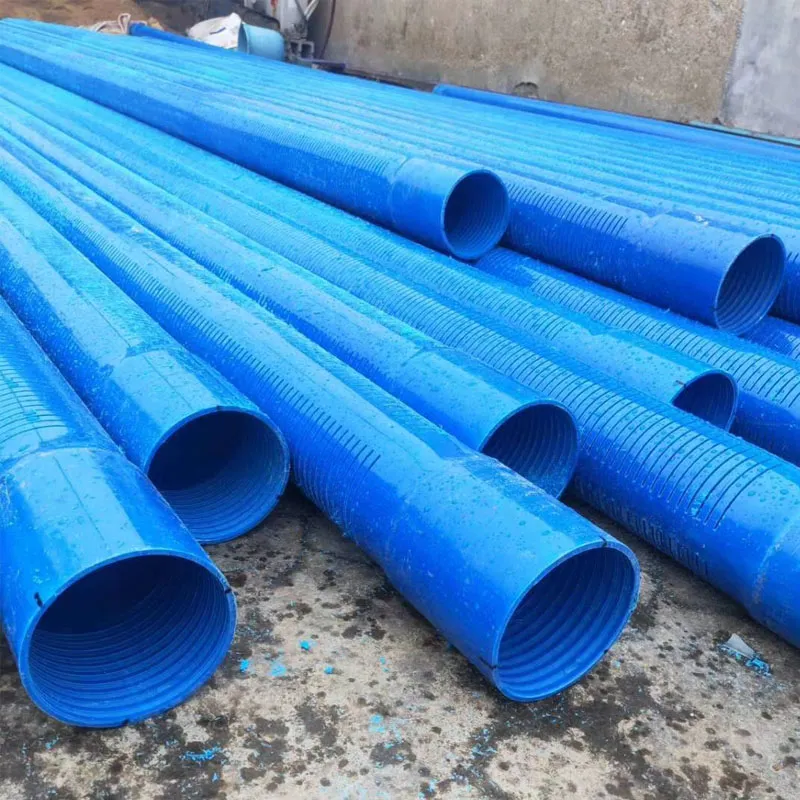Sep . 30, 2024 12:18 Back to list
Best Practices for Using PPR Pipes in Hot Water Manufacturing Industries
The Use of PPR Pipes for Hot Water Applications in Factories
Polypropylene Random Copolymer (PPR) pipes have gained immense popularity in various industrial applications due to their durability, resistance to corrosion, and excellent thermal performance. Among the various applications of PPR pipes, their use in hot water systems in factories stands out as a particularly advantageous choice. This article will explore the benefits, features, and best practices associated with PPR pipes for hot water applications.
Benefits of PPR Pipes for Hot Water Systems
One of the most significant advantages of using PPR pipes in hot water applications is their high resistance to temperature fluctuations. PPR pipes can typically withstand temperatures up to 95 degrees Celsius (203 degrees Fahrenheit) without losing structural integrity. This makes them ideal for factories where hot water is essential for processes such as heating, cleaning, and even production. Unlike metal pipes, which can corrode and degrade when exposed to high temperatures and moisture, PPR pipes maintain their strength and stability over extended periods.
Another key benefit of PPR pipes is their low thermal conductivity. This characteristic allows PPR pipes to retain heat more efficiently than traditional metal pipes, leading to reduced energy consumption in hot water delivery systems. Factories that rely on hot water can experience significant cost savings on energy bills and improve their overall operational efficiency by utilizing PPR piping.
In addition to these functional benefits, PPR pipes are also environmentally friendly. They are made from recyclable materials, and their production process generates fewer greenhouse gases compared to that of metal pipes. Factories are increasingly under pressure to adopt sustainable practices, and the use of PPR pipes can contribute to a lower carbon footprint.
Features of PPR Pipes
PPR pipes have several features that make them suitable for hot water applications in factories. The pipes are lightweight, facilitating easier handling and installation. They also come in various diameters, allowing for customized solutions tailored to specific factory needs ranging from small installations to large-scale systems.
ppr pipe for hot water factories

Moreover, PPR pipes are equipped with a fusion-welding capability, which creates a permanent, leak-free joint. This quality not only reduces the likelihood of leaks but also ensures that the integrity of the piping system is maintained, thereby enhancing the safety of hot water transport. Unlike traditional connection methods, the fusion-welding process avoids the potential weak points that can occur with threaded or glued fittings.
Best Practices for Installation and Maintenance
To fully leverage the benefits of PPR pipes in hot water systems, proper installation and maintenance practices are vital. First, it's essential to follow the manufacturer’s guidelines regarding thermal expansion and pipe installations. PPR pipes should be installed with enough space to allow for expansion and contraction due to temperature changes.
Regular inspections are also crucial to maintaining the performance of PPR pipes. While these pipes are highly durable, factors such as pressure fluctuations or improper installation can cause issues over time. Early detection of potential problems can prevent costly repairs or system failures later on.
Lastly, when integrating PPR piping into existing systems, careful consideration should be given to the compatibility of materials. Mixing different types of piping can lead to complications that may affect the overall efficiency and safety of the hot water transport system.
Conclusion
In conclusion, PPR pipes provide a reliable, efficient, and sustainable solution for hot water applications in factories. Their high resistance to temperature and pressure, combined with durability and ease of installation, make them an outstanding choice for industrial systems. By adopting best practices for installation and maintenance, factories can enjoy effective hot water transport systems that contribute to both operational efficiency and environmental responsibility. As industries continue to evolve, PPR piping stands out as a forward-thinking choice for future needs in hot water technology.
-
High-Quality PVC Borehole Pipes Durable & Versatile Pipe Solutions
NewsJul.08,2025
-
High-Quality PVC Perforated Pipes for Efficient Drainage Leading Manufacturers & Factories
NewsJul.08,2025
-
High-Quality PVC Borehole Pipes Durable Pipe Solutions by Leading Manufacturer
NewsJul.08,2025
-
High-Quality PVC Borehole Pipes Reliable PVC Pipe Manufacturer Solutions
NewsJul.07,2025
-
High-Quality UPVC Drain Pipes Durable HDPE & Drain Pipe Solutions
NewsJul.07,2025
-
High-Quality Conduit Pipes & HDPE Conduit Fittings Manufacturer Reliable Factory Supply
NewsJul.06,2025

